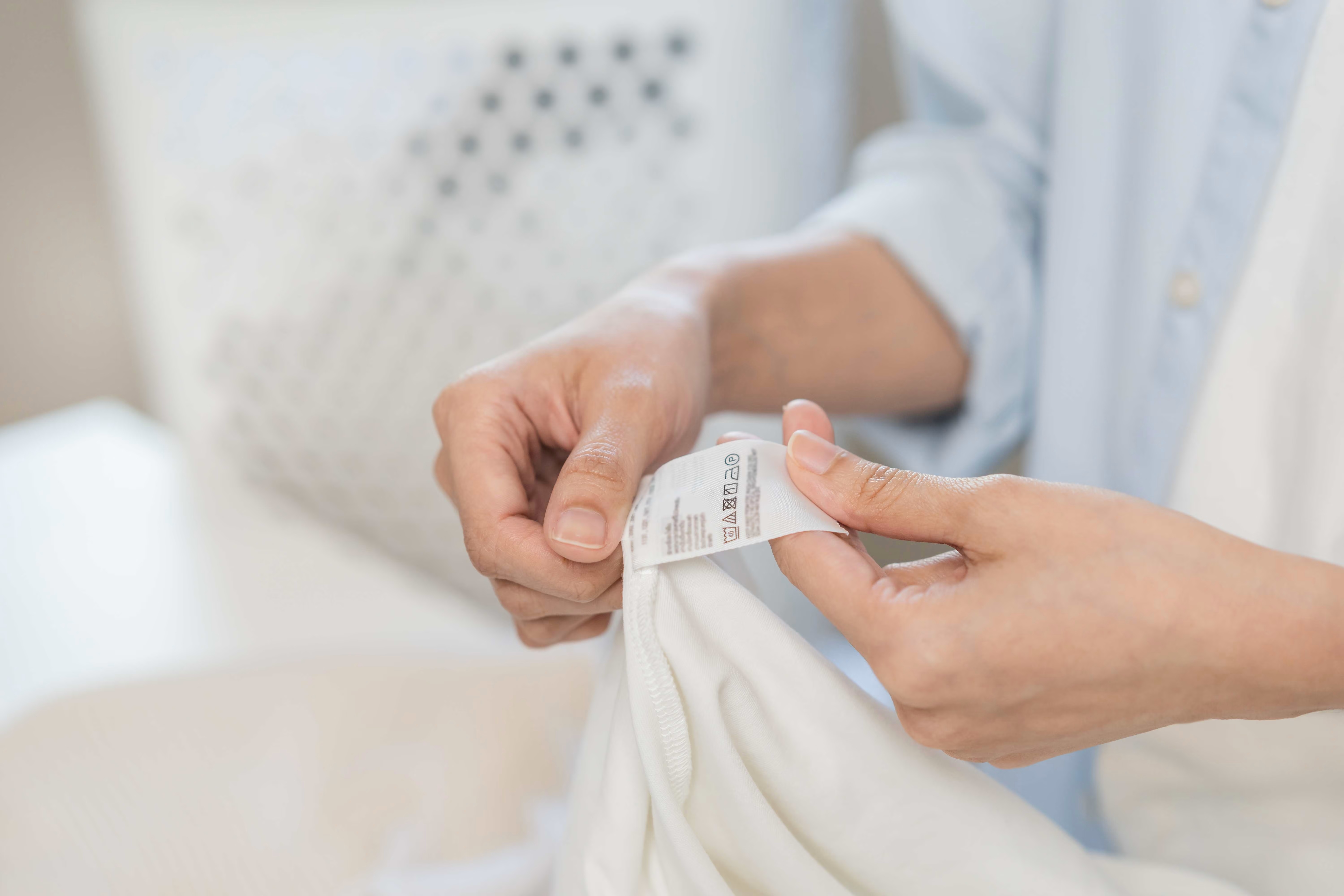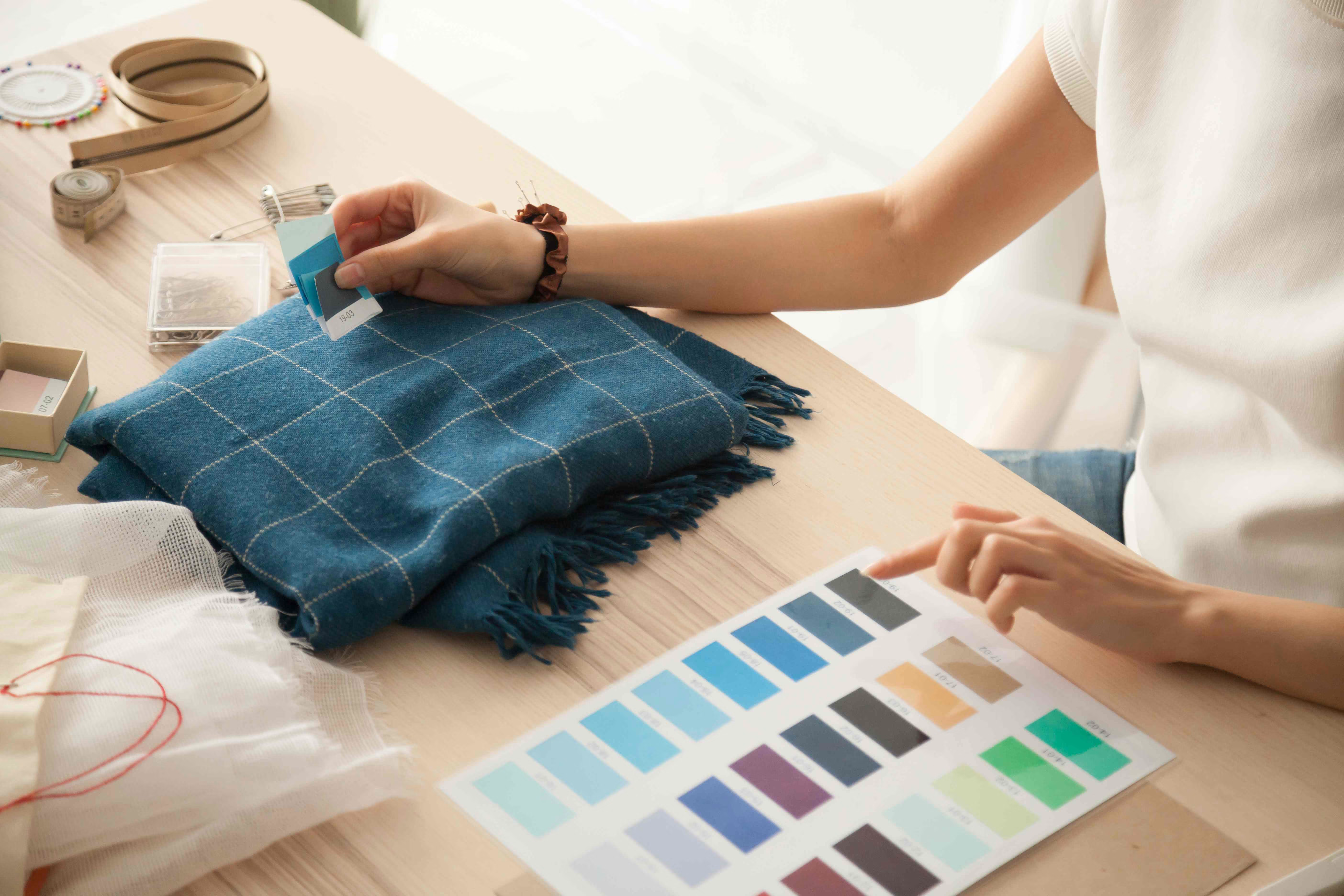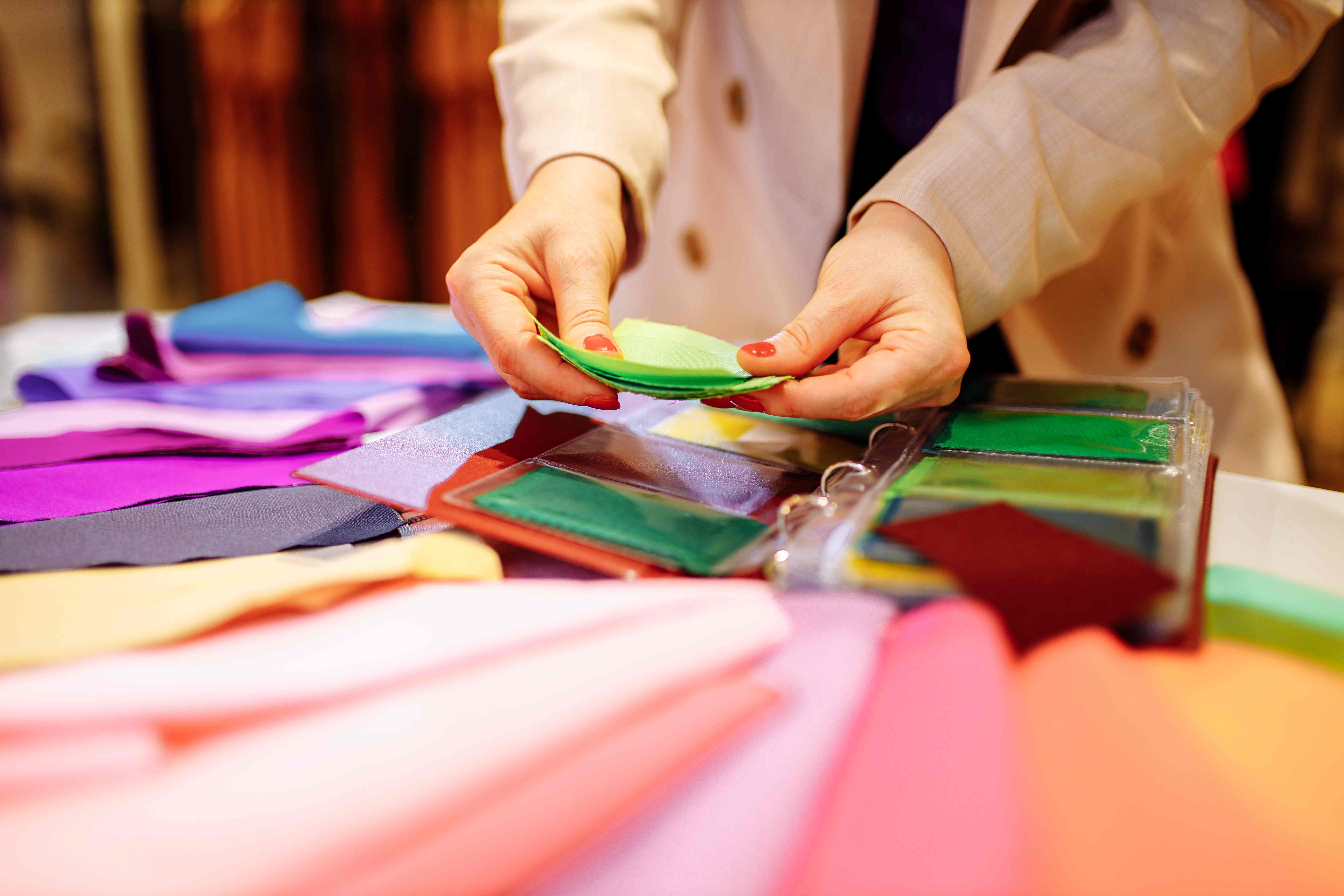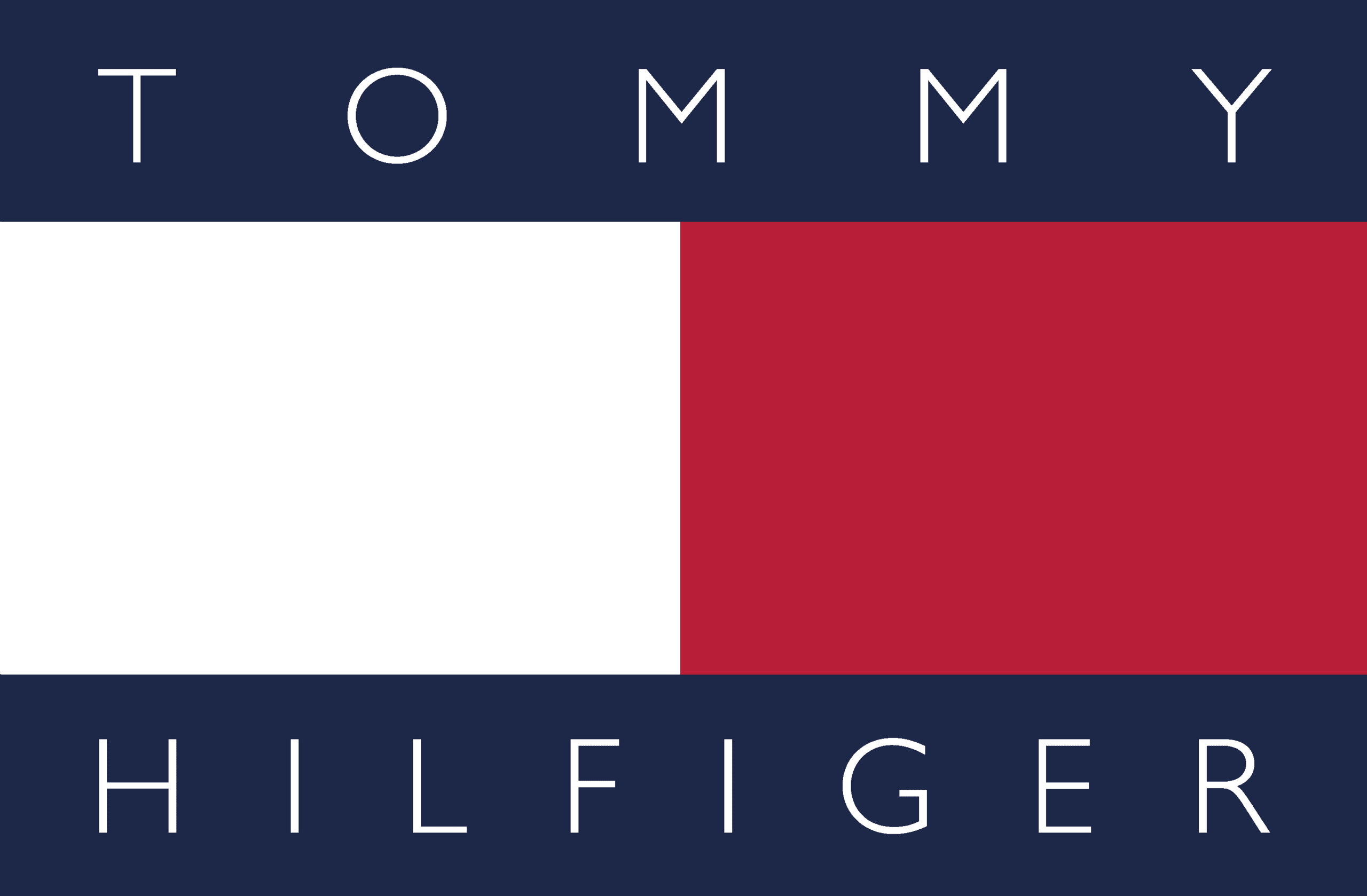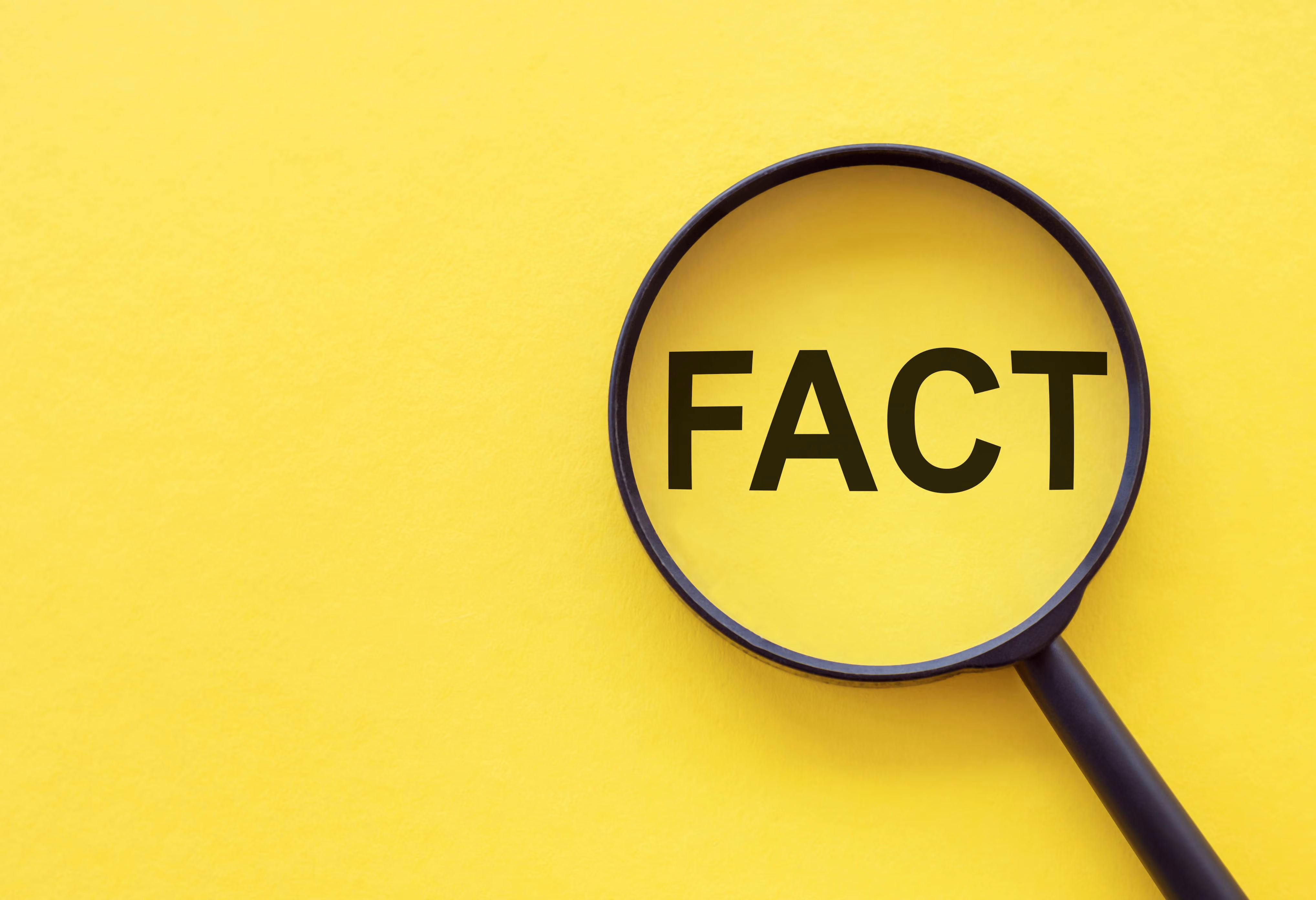
Other Sub-categories
A One Stop Platform From Design To Delivery
We provide real-time tracking and updates through our state-of-the-art technology platform.
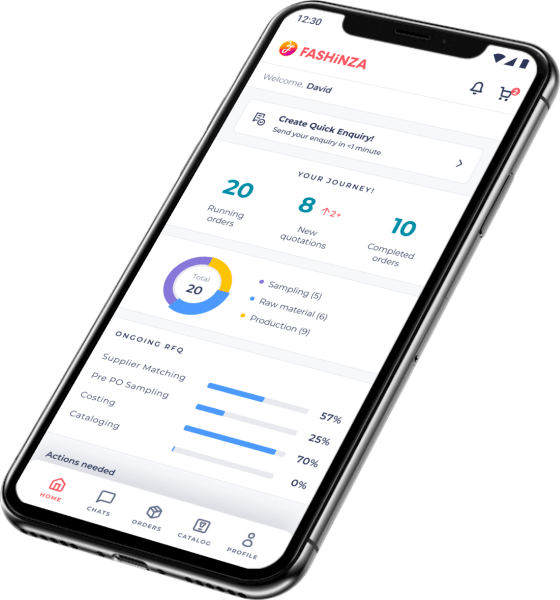
Never Miss a Beat
Get weekly email updates from Fashinza to your inbox

What our partners say about us

‘Very clear when it came to tracking the order’s progress’
Fashinza’s platform was very clear when it came to tracking the order’s progress. It was convenient as anytime I could check the current progress of the order. All my questions were answered professionally and in a timely manner by customer support. The shipment of samples I received was much appreciated and alleviated any worries regarding the quality of the finished goods!
Kristina Garrison,
Head of Purchasing

Facts that are Fascinating
Valuable Insights
Providing you only Facts
Fact Check
Frequently asked question
Q. What are some interesting facts about the history of fabrics?
A. Fabrics have been around for thousands of years, and the history of textiles is filled with interesting facts. For example, did you know that the first evidence of woven fabrics dates back to ancient Egypt around 5000 BC? Or that silk, one of the most luxurious fabrics, was first produced in China over 5,000 years ago? Fabrics have been an integral part of human history and have been used for everything from clothing to upholstery.
Q. What are some tips for caring for different types of fabrics?
A. Different fabrics require different care, and it's important to follow the care instructions on the garment or textile. Generally, natural fibers like cotton and wool should be washed in cool water and air-dried or dried on a low heat setting. Synthetic fabrics like polyester and nylon can usually be washed in warm water and dried on a low heat setting. Delicate fabrics like silk and lace should be hand-washed or dry-cleaned, and should never be put in the dryer. It's always a good idea to read the care label and follow the manufacturer's instructions for the best results.
Q. What are some common synthetic fabrics?
A. Synthetic fabrics are made from artificial materials and are often used in clothing and other textiles. Some common synthetic fabrics include polyester, nylon, rayon, and spandex. Polyester is a durable and wrinkle-resistant fabric that is often used in sportswear and outdoor clothing. Nylon is a lightweight and strong fabric that is often used in hosiery and swimwear. Rayon is a soft and silky fabric that resembles natural fibers, while spandex is a stretchy and form-fitting fabric that is often used in athletic wear.
Q. What are some different fabric production techniques?
A. There are several different methods for producing fabrics, including weaving, knitting, and felting. Weaving is the most common method and involves interlacing threads to create a flat, stable fabric. Knitting, on the other hand, uses loops and twists to create a stretchy and flexible fabric that is perfect for clothing. Felting is a process where fibers are matted together to create a dense and sturdy fabric that is often used for rugs and other home decor items.
Q. What are some fun facts about different types of fabrics?
A. Fabrics are full of interesting facts and trivia. For example, did you know that the word "denim" comes from the French phrase "serge de Nîmes," which means "serge from Nîmes"? Or that cashmere comes from the soft undercoat of cashmere goats, and it takes the wool of four goats to make one cashmere sweater? Linen, one of the oldest known textiles, was used in ancient Egypt to wrap mummies. There are many fun facts to discover about different types of fabrics.
Q. What are some sustainable fabric options?
A. As concerns about the environment grow, more people are looking for sustainable fabric options. Some sustainable fabrics include organic cotton, bamboo, hemp, and recycled polyester. Organic cotton is grown without the use of pesticides or fertilizers, while bamboo is a fast-growing and renewable resource that requires little water and no pesticides. Hemp is a versatile and sustainable fabric that is easy to grow, and recycled polyester is made from recycled plastic bottles.
Other articles in this category
Everything You Need To Know About Stocking and Hosiery Manufacturing
|
The Advantages Of Buying Wholesale Fabric
|
What Are Wholesale Fabric Distributors? Does Your Brand Need One?
|
Top Wholesale Fabric Suppliers in the US
|
Updates On Cotton Fabric Wholesale Price For 2022
|
Khadi Fabric: Everything You Need To Know
|
15 Surprising Facts You Need To Know About Tencel Fabric
|
Common Misconceptions around Merino Wool
|
Must-Know Things Before You Shop For Cashmere Fabric
|
10 Surprising Facts About Nylon Spandex
|
10 Things You Need to Know About Charmeuse Fabric
|
5 Things People Don't Tell You About Crepe Back Satin
|
12 Ways You’re Using Lycra Fabric Wrong
|
7 Cool and Unusual Nylon Lace Facts
|
Polyester Fabric Is A Friend Or Foe?
|
20 Surprising Facts about Bhagalpuri Silk
|
5 Things you need to know about Spandex
|
Enterprise Resource Planning: A Hidden Arsenal for Fabric Mills
|
Quantifying the Textile Export Potential of India
|
South Korean Textile Giants Invest in Textile Parks in Telangana
|
Natural Fibre And Its Applications In Advanced Textile Materials
|
Why is 2022 The Best Time To Start Selling Curtain Sheer Fabric?
|
Fun facts about Rihanna and A$AP Rocky's ‘Blanket Dress’ at Met Gala 2021











